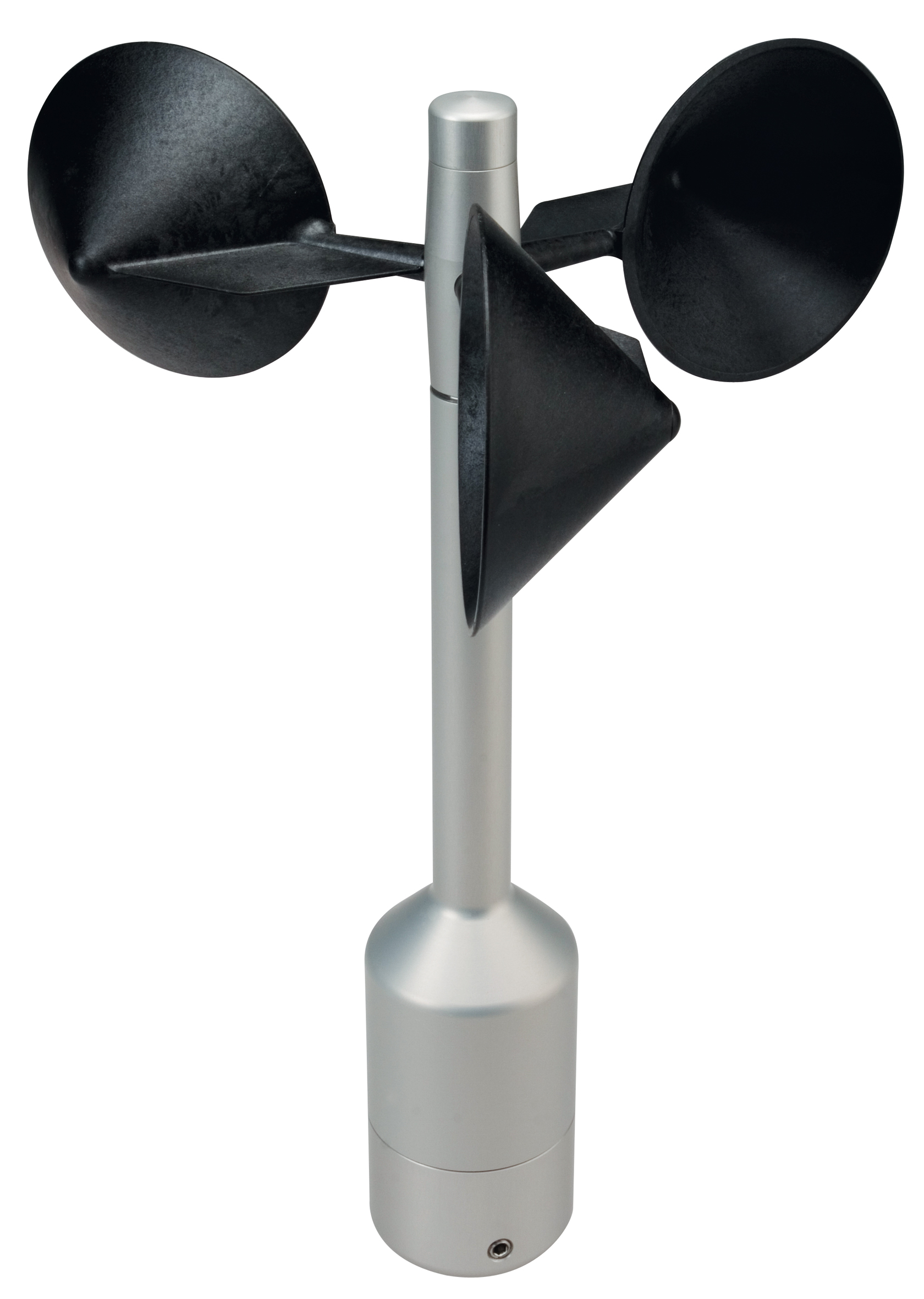Exploring the Features and Advantages of Anemometers for Climate Enthusiasts and Professionals
Anemometers stand as critical tools in the realm of weather tracking, providing to both fanatics and experienced experts alike. These gadgets provide a window into the dynamic world of wind patterns and speeds, providing indispensable data for meteorological evaluation and projecting. From mug anemometers to sonic anemometers, each type brings its distinct set of applications and benefits, dropping light on different facets of climatic conditions. As we look into the features and advantages of anemometers, a deeper understanding arises not only of prevailing weather sensations however likewise of the broader implications for industries like wind energy manufacturing and environmental research.
Significance of Anemometers in Weather Tracking
Anemometers play an important function in climate monitoring by offering precise dimensions of wind speed, aiding in forecasting and understanding weather condition patterns. These instruments, ranging from standard mug anemometers to modern ultrasonic anemometers, are vital for meteorologists, researchers, and weather condition lovers alike.

Kinds Of Anemometers and Their Applications
With the essential role anemometers play in weather condition monitoring and forecasting, understanding the various kinds of these tools and their applications ends up being vital for professionals and fanatics in the area. The most common sorts of anemometers consist of cup anemometers, vane anemometers, hot-wire anemometers, and ultrasonic anemometers. Mug anemometers include three or four mugs mounted on horizontal arms that revolve with the wind, determining its speed. Vane anemometers, on the various other hand, use an openly turning vane to straighten with the wind instructions, providing both wind rate and instructions measurements. Hot-wire anemometers run based on the concept of convective warm transfer, where the cooling result of the air circulation is determined to establish wind speed. Ultrasonic anemometers use ultrasonic noise waves to calculate wind rate and direction properly.
Mug anemometers are suitable and durable for basic weather tracking, while vane anemometers are favored for directional dimensions. Ultrasonic anemometers are non-intrusive and supply high precision, typically used in study and specialized climate tracking applications.
Benefits of Making Use Of Anemometers in Projecting
In meteorology, the usage of anemometers provides important advantages for enhancing the precision of climate projecting. Anemometers determine wind speed and direction, providing crucial data for predicting climate patterns. By incorporating wind data right into projecting designs, meteorologists can much better comprehend the motion of climate systems, expect changes in atmospheric conditions, and concern a lot more specific forecasts.
In addition, anemometers play an essential role in evaluating prospective weather condition risks. Keeping track of wind speeds aids forecasters anticipate severe websites weather occasions such as typhoons, tornadoes, and winter months storms with greater precision. This early warning system makes it possible for authorities to issue prompt notifies and implement needed safety measures, lowering the dangers to life and property.
In addition, anemometers assist in maximizing renewable power production. By assessing wind patterns, meteorologists can determine ideal locations for wind ranches and predict energy result, contributing to the reliable generation of wind power.

Anemometers in Wind Energy Production
Provided the essential role anemometers play in offering precise wind data for weather condition projecting and hazard assessment, their importance prolongs to the world of wind power production. Anemometers are necessary tools in the area of wind power, where the measurement of wind speed and direction is essential for figuring out the feasibility and efficiency of wind turbine setups. By precisely determining wind speeds at varying heights, anemometers assist optimize the placement and design of wind generators to make best use of energy result.
In wind farms, anemometers are tactically put to gather real-time wind data that is utilized to evaluate the possible power manufacturing of a website. This data contributes in figuring out the economic feasibility of wind energy tasks and in projecting power generation to make sure grid stability. In addition, anemometers aid in keeping track of wind conditions to optimize wind turbine performance, prevent damages from YOURURL.com high winds, and make certain the safety and security of workers working in the location of wind generators.
Enhancing Weather Condition Understanding With Anemometers

Anemometers play a key role in boosting our understanding of microclimates. These localized weather can differ significantly from broader local projections, making it vital to have precise data for particular locations. anemometer. By tactically placing anemometers in various areas, researchers can collect comprehensive info on how wind behaves in different terrains, urban environments, or bodies of water
Moreover, anemometers add to enhancing weather condition forecasting versions by supplying real-time data on wind behavior. This details is especially important for forecasting serious weather condition events, optimizing farming methods, and supporting sectors like aviation and maritime navigation. In general, anemometers are indispensable instruments that allow us to delve much deeper into the intricacies of climate systems, inevitably resulting in even more precise predictions and better-informed choices.
Final Thought
In verdict, anemometers play a vital duty in weather tracking and projecting by determining wind rate and instructions. Anemometers also have applications in wind energy production, additional highlighting their value in both meteorology and renewable energy markets.
From mug anemometers to sonic anemometers, each kind brings its unique set of advantages and applications, dropping light on different elements of climatic problems. These instruments, ranging from standard mug anemometers to modern-day ultrasonic anemometers, are crucial for meteorologists, scientists, and weather enthusiasts alike. The most typical types of anemometers include mug anemometers, vane anemometers, hot-wire anemometers, and ultrasonic anemometers. Mug anemometers are durable and appropriate for general weather condition surveillance, while vane anemometers are preferred for directional dimensions. Anemometers are essential instruments in the area of wind power, where the dimension of wind speed and direction is critical for identifying the expediency and performance of wind generator setups.